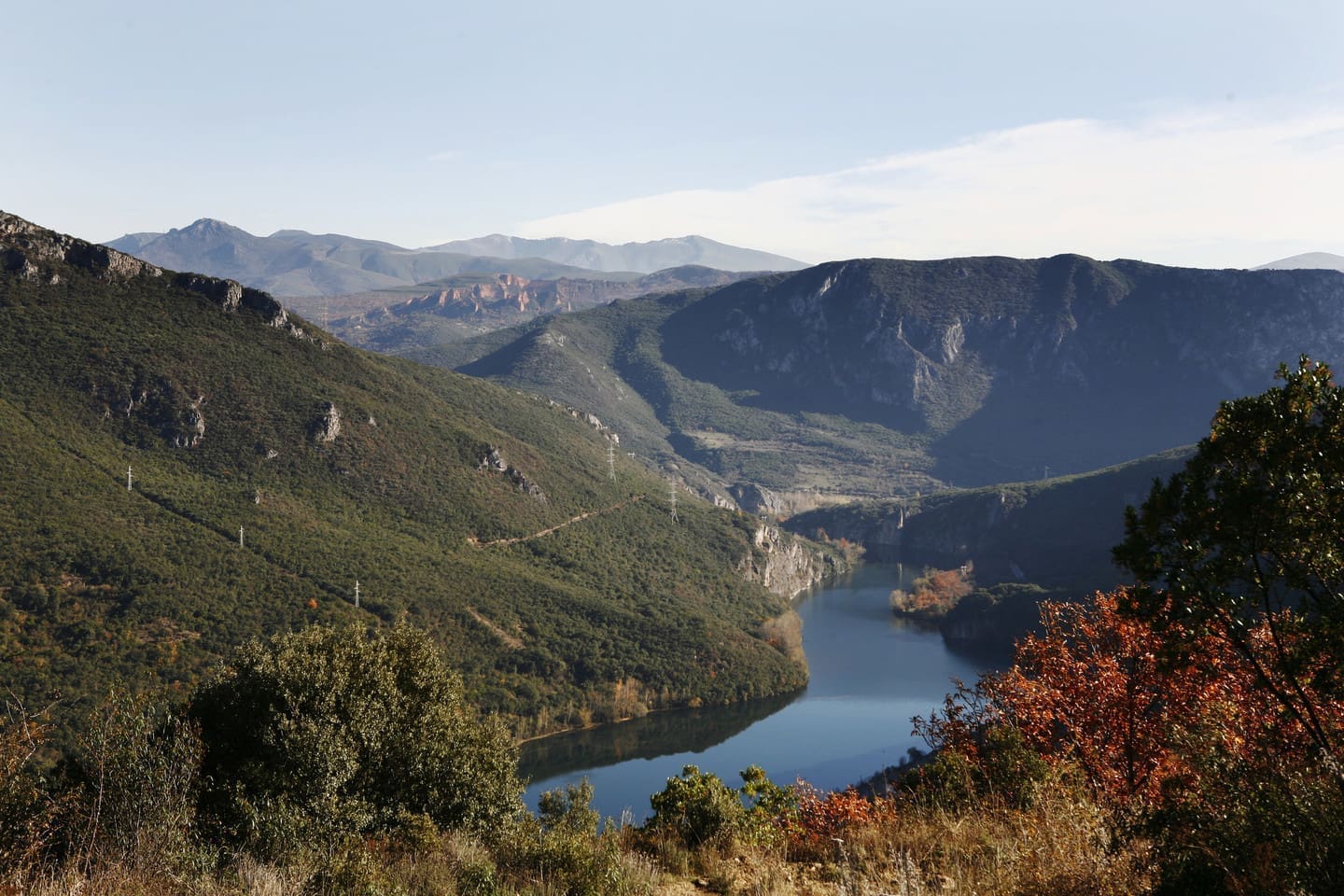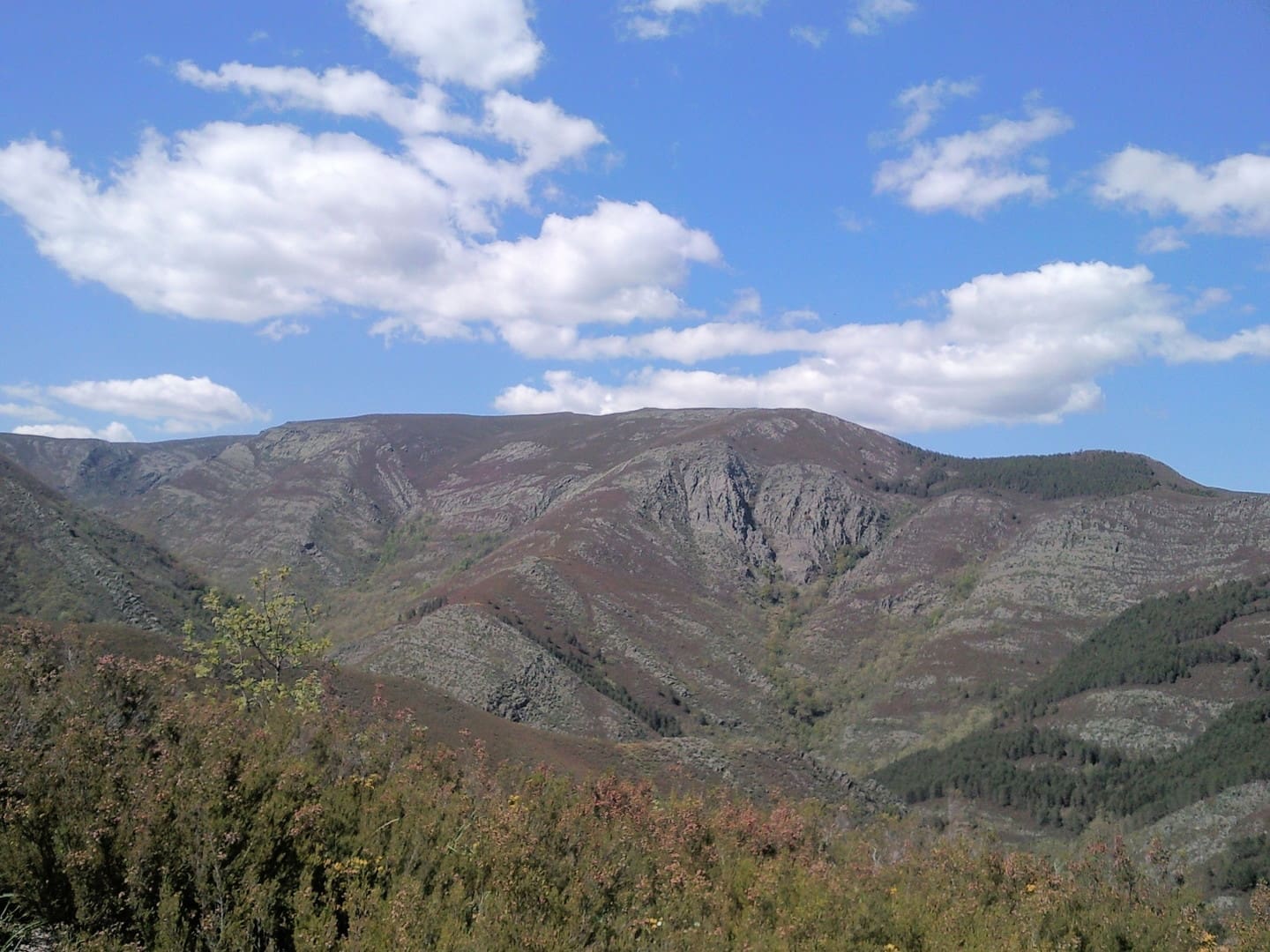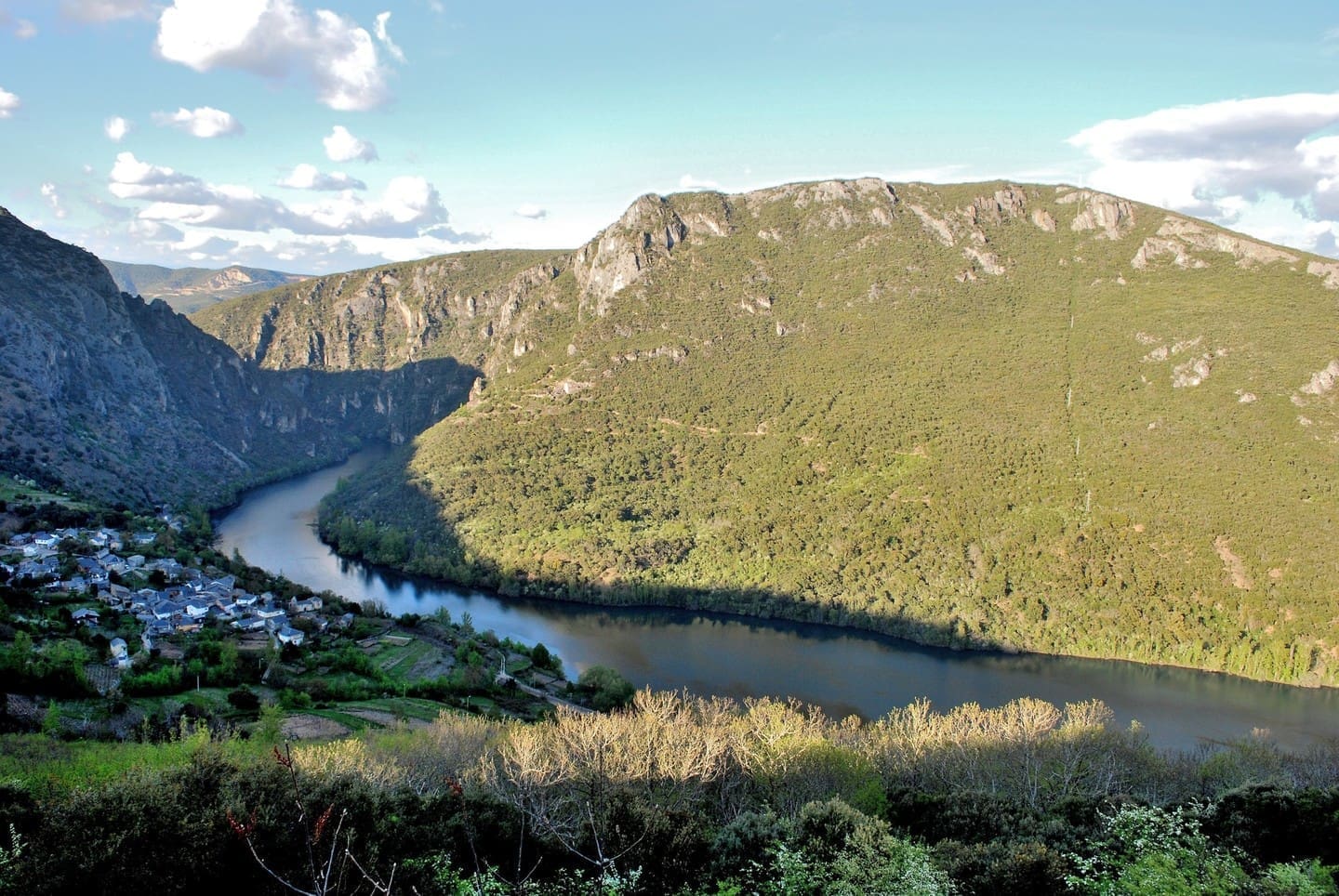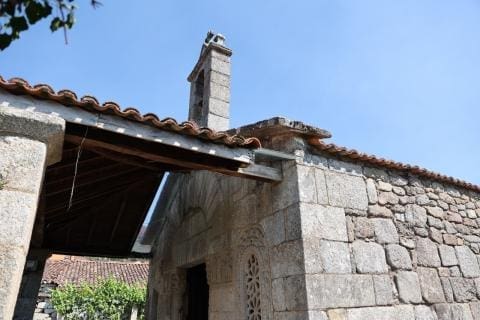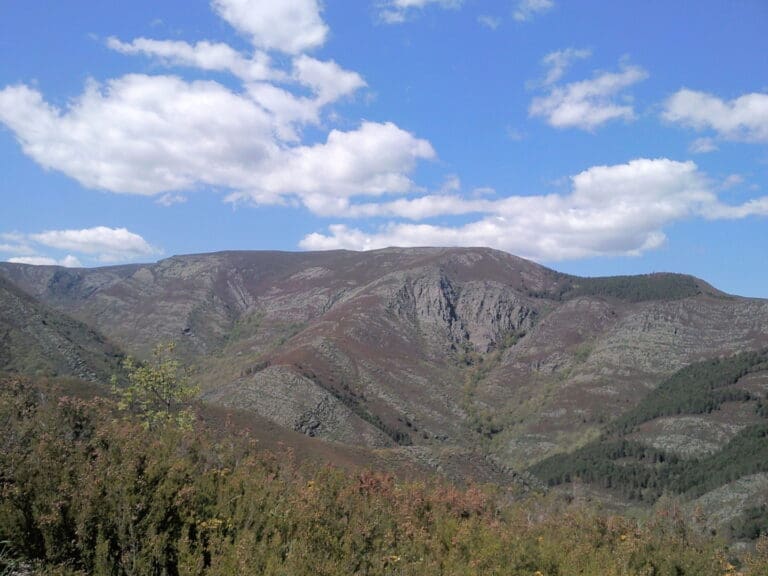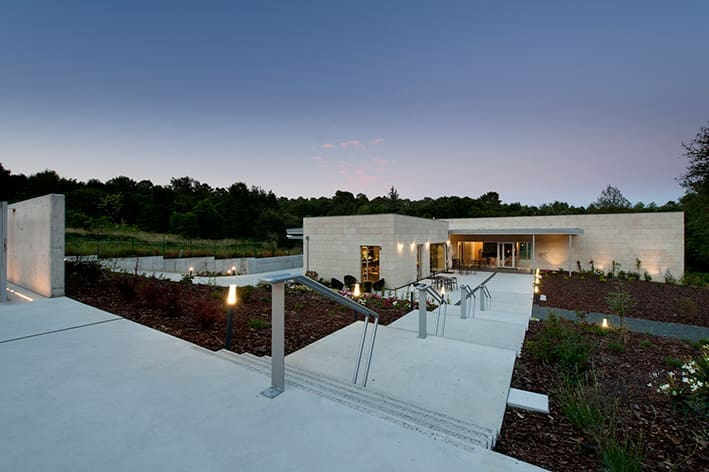This is a place full of dark secrets. Nestled in the valleys of the Sil river, the Serra da Lastra and its limestone peaks are a rarity in the Galician landscape, where granite predominates.
The flora of Enciña da Lastra is something peculiar in Galicia, as it has certain Mediterranean characteristics. Oak forests, chestnut trees, fragrant meadows with the aroma of wild thyme and more than 25 species of orchids. In Galicia, nature has its whims.
The Serra da Lastra is the natural east of Galicia. Here the oak is a tree with its own history. Tell us about the Mediterranean climate and the limestone soils it needs to exist. That is why it is rare in the rest of the Galician territory.
It gives its name to the Natural Park because it seems that a large oak tree once served as a guide for travelers through these crossings. It’s just a story, but an oak tree like that can be admired in a plot of land near the Covas cemetery, and it has the recognition of a Unique Tree.
The holm oak is accompanied by other Mediterranean-type species: cork, oak, almond and olive trees. We also talk about chestnut trees and go back two thousand years. In those times, the Romans brought gold from these mountains to enrich the Empire. In return, they left two treasures: the language and the chestnut trees, master elements of this landscape.
No one will be left indifferent by the beauty of the mountain towers of Penedos do Oulego, the shapes of the valley of Val do Inferno, the cliffs of Pena Falcueira. The Sil divides this mountain system, generating a canyon with steep slopes. The Strait of Covas constitutes the aesthetic experience of travelers who cross the region by train.
And the interior of the earth will still surprise us with the “palas”, a word of pre-Roman origin that means caves. Here is the community’s largest network of underground cavities and the largest bat colonies in the nearly two hundred listed sinkholes and caves. Some of great length, such as Cova da Zorra (600m) and landmarks of Galician speleology such as the Xilberte cave, the Pombo cave, the Trasmonte or the Tralapala cave.
The route along the local roads that connect the small towns in the interior or bordering them serves in itself to admire the beauty of the landscape. The Park has restricted access areas. To explore the fields or caves, it is necessary to contact caving associations.
From this space we highlight the places of Covas and Biobra, where the Visitor Center is located. The route between Vilardesilva and Covas runs along the right bank of the Sil, exposing the river canyon with incredible gorges that pack the waters and serve as a hunting ground for birds of prey.
On the other hand, we can approach the Penedos de Oulego by a very demanding path that takes advantage of the forest tracks and hides natural and landscape paradises that are the best kept secret of the harsh eastern mountains.
The oak, chestnut and Mediterranean scrub forests stand out, with peculiarities such as the presence of fields of wild thyme. Floral endemics of calcareous soils and other rarities such as more than 25 species of orchids.
The river canyons and cliffs are habitats for birds of prey and other birds that make the Park an interesting ornithological refuge. It houses the largest concentration of nesting birds in Galicia. In the caves there are large colonies of bats.

 Province of Ourense, Galicia
Province of Ourense, Galicia